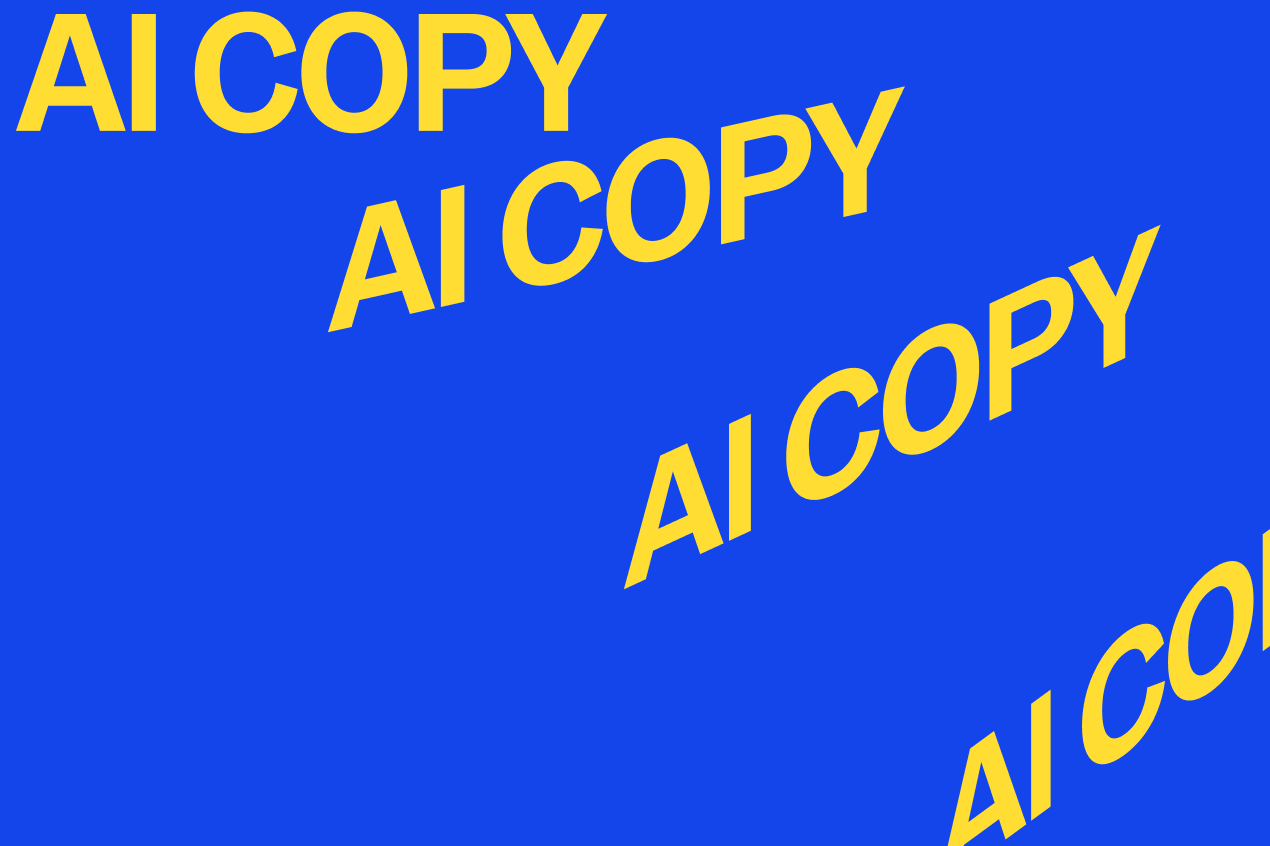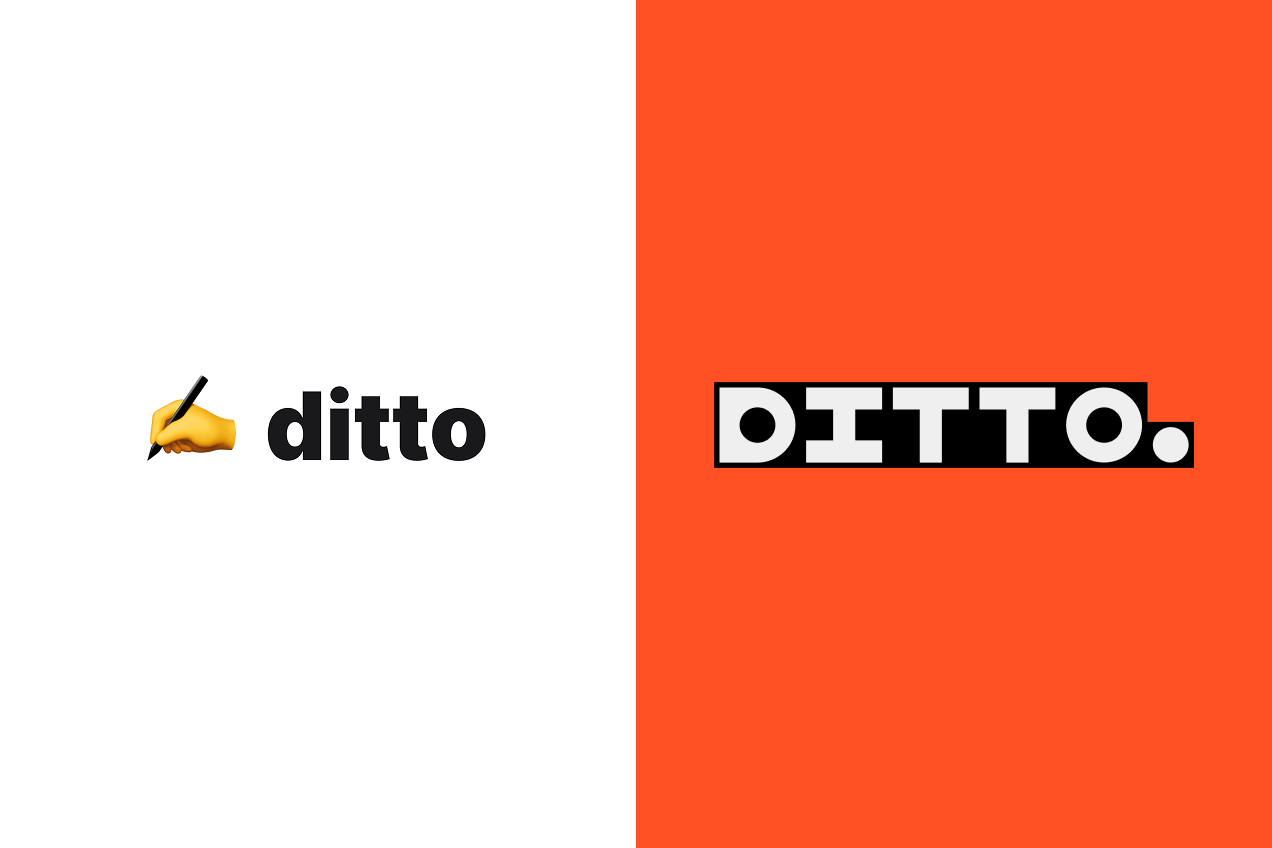As AI continues to charge full speed ahead, an increasing number of content designers are incorporating AI-generated copy into their daily work. With the right prompts and a solid style guide, it can be tempting to use chatbot output without much editing. However, great copy requires nuance, empathy, and alignment with user needs… qualities that AI alone cannot guarantee.
Let’s explore some practical ways to refine AI-generated copy so it feels human, on-brand and aligned with UX principles.
The temptation and risk of AI copy
Tools like ChatGPT, Claude and Gemini have become reliable companions for content designers under pressure. They can polish drafts, suggest alternatives and save valuable time. When workloads involve multiple time-pressed projects, announcements and Figma flows, relying on AI may feel like the obvious choice.
But copy created by machines often lacks the soul of human writing. While error-free, it can feel flat or misaligned with brand identity. That’s why designers have to resist the urge to treat AI as a replacement. It is a powerful tool, but it’s just that: A tool. Our job is to keep copy grounded in human connection.
Why one style guide isn’t enough
It is easy to assume that a well-written style guide paired with a good prompt can solve every problem. In reality, AI output is prone to inconsistencies if it lacks context or ongoing guidance. This becomes especially evident as teams grow or when products expand into new markets.
The most effective approach is to create tailored resources for different needs, such as one guide for tone of voice, another for error messages, and another for onboarding flows, for instance. These references should live in a shared system and, where possible, be connected to your output. AI works best when it can draw from structured, detailed examples.
Take HSBC as an example. The global bank defines its tone of voice with four pillars: human, insightful, confident and witty. These concepts are not left abstract. Designers are given elaborations and concrete examples of how each pillar should sound.
What this looks like in practice varies depending on the context. Onboarding a customer to a new product requires a different tone than issuing an overdraft warning. Providing multiple, scenario-specific examples ensures consistency while allowing flexibility. When content designers feed these examples into AI, the output is far more likely to reflect brand identity.
Train your AI like an intern
Even with detailed guides, AI still makes mistakes. Punctuation, contractions, case usage, or occasional hallucinations are all common. The solution is to treat AI much like you would a junior designer: it needs clear instructions, regular feedback and steady refinement.
This means crafting precise prompts, supplying past examples and correcting outputs patiently. Empathy may seem like an odd requirement for working with a machine, but it plays a critical role. The more care you take in guiding AI, the more faithfully it mirrors your brand voice.
Good copy is not only on-brand but also functional within the product. AI text must be tested against the user journey: does it align with the Figma flow? Can users navigate without hesitation? Does it include essential brand language?
AI-generated copy that appears polished in a document may fail once it is placed in a prototype. That is why blindly copying and pasting directly into Figma or a CMS is never advisable. Always consider UX principles and the user’s needs before finalising.
Empathy may seem like an odd requirement for working with a machine, but it plays a critical role. The more care you take in guiding AI, the more faithfully it mirrors your brand voice.
Practical copy refinement
Refining AI copy is an iterative process. Specific prompts yield stronger outputs, while vague requests return vague results. Designers must also ground outputs in empathy, ensuring the writing reflects real user needs. AI can generate A/B variations in seconds, but human review needs to determine whether they are effective.
Even with fast prototyping tools like Vibe Coding, you cannot skip the time spent studying wireframes and understanding journeys. The strength of AI output ultimately depends on the designer’s grasp of the product. When something feels out of place, raise concerns with stakeholders or adjust through design tools before pushing forward.
AI presents significant opportunities for content designers seeking to scale their work. With detailed guides, strong prompts and careful review, it is possible to shape AI output into something that supports both brand and user goals.
But the final responsibility rests with humans. Our role is to ensure that copy speaks with empathy, clarity and purpose. AI can accelerate the process, but only content designers can ensure that the writing remains truly human.




.png)

